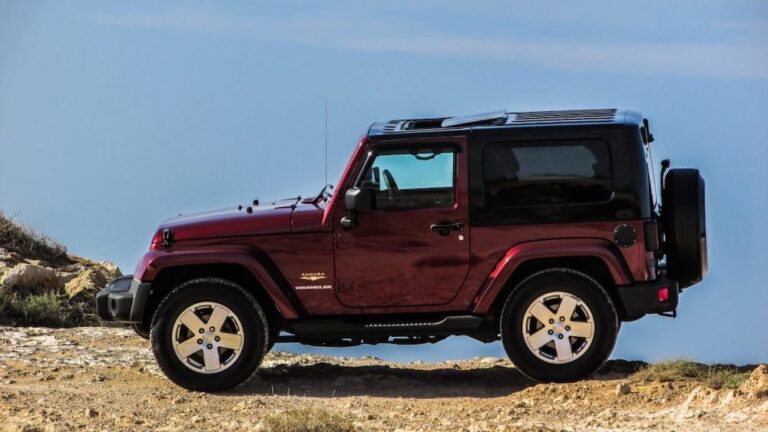Talk to Sales: (401) 200-6026
Investing time and effort into your annual auto dealership budget is the perfect way to begin your most profitable year ever
As the year comes to a close, you’ve probably got a lot on your plate. Some things are fun and exciting to plan, like the dealership’s holiday party or your big sales promotion kicking off on the first day of the new year. And the “other” stuff, like your auto dealership budget for next year? Well, that seems to keep getting pushed onto the back burner.
Budgeting gets a bad rap, but it doesn’t need to feel like such a chore! When you’re creating your annual auto dealership budget, it’s a chance to plan for a fantastic upcoming year and organize all of your thoughts so you can take action. It’s also a perfect time for reflecting back on the year that is about to end — what worked? What didn’t work? And how can you use that knowledge to make next year better?
The new year is all about new beginnings, and that includes a fresh start for your auto dealership.
Make your auto dealership budget a team effort
Dealership owners, CFOs, or other top-level executives tend to believe that the responsibility for the annual budget falls exclusively on their shoulders. They think it’s their duty to spend countless days and sleepless nights crunching numbers and making tough decisions.
News flash: You know all of that effort you put into hiring the best talent out there? It’s time to trust them and put them to work.
Schedule individual meetings with every department manager. Ask them to pull together actual results from the previous year, and compare them to industry norms. Then, have an in-depth discussion with each manager about what worked for their department, and what didn’t work. Ask for opinions on where to allocate funds in the coming year.
Meanwhile, share your unique knowledge as a dealership owner or top level executive. Talk about current economic conditions both nationally and locally, and any other factors that could affect the dealership’s traffic and sales volume in the coming year (new competition, recalls, new models). You and your team are sharing knowledge so you can both end up on the same page.
You will have the final say on each department’s budget, and there will probably be quite a few rounds of revisions, but the goal is to bring everyone into the budgeting process rather than taking the entire responsibility on yourself.
Set SMART objectives before you create your auto dealership budget
It may be tempting just to jump right into the numbers, but step back a minute and think about the bigger picture. What do you want to achieve in the new year? Do you want to reduce costs in the service department? Create a more robust online presence for your dealership? Focus more intensely on dealership-wide compliance efforts?
Thing long and hard about where you see your dealership going and then break your top big ideas down into SMART objectives.
S – Specific: Be specific about what you’re hoping to achieve.
M – Measurable: Measure success with beginning and ending metrics.
A – Attainable: It’s fun to dream big, but if your goal simply isn’t realistic, why are you wasting your time?
R – Results-oriented: State a clear goal.
T – Time-phased: Timing shouldn’t be general; set a start date and end date, so there is no confusion about when something needs to happen.
Once you have your objectives in mind for the year, you’ll be able to determine what you need to achieve those goals and you can budget for them accordingly.
 What should be in your auto dealership budget
What should be in your auto dealership budget
A basic auto dealership budget contains four major numbers:
- Projected sales and revenue
- Projected total costs of achieving sales and revenue
- Profit or loss, based on the two numbers above
- Cumulative total of profits and losses over time
You’ll want those numbers for the dealership as a whole, but they also need to be broken down by department, as well. The main section that will take the bulk of your time is budgeting for total costs or expenses. You need to spend money to make money, but you want to ensure that you’re not spending more than your dealership is bringing in. At a minimum, costs include:
- Parts and other professional services
- Sales, marketing, and advertising
- Administration and operation
- Personnel (current staff and future hiring needs)
- All fixed, variable, and semi-variable costs of business operation
If you’ve been using the same budget template for a while now, don’t just go through the motions and fill in the blanks. Give thought to some new line items that you may want to add for the coming year, like Facebook advertising, digital video, or even creating a new social media position. Creating your annual budget is your chance to have the most profitable and fruitful year yet at your dealership — take the process seriously and make your dreams a reality.
Interested in an Affordable, Full-Featured Auto Dealer CRM?
Schedule an AutoRaptor Demo Now!








